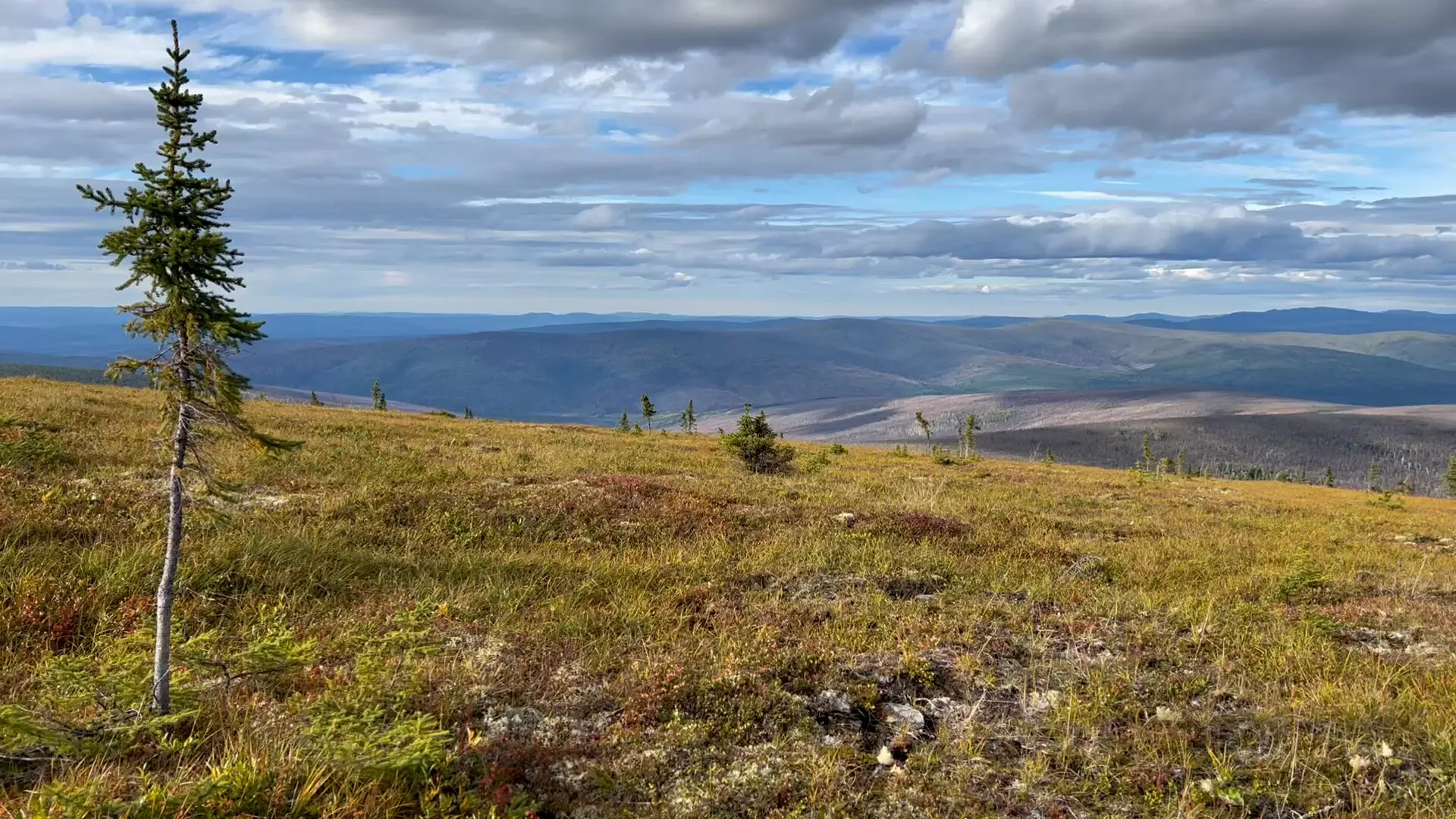The ongoing transformation of northern forests due to a warming global climate is emerging as one of the most significant environmental challenges faced today. This phenomenon is not merely an observational trend but a complex unfolding of ecological interactions that can have long-lasting implications for biodiversity and our fight against climate change. A study led by NASA researchers sheds light on these changes, unveiling the effects on vegetation structure and what this could mean for the future.
Modern advancements in technology play a critical role in understanding the changing facets of our planet’s ecosystems. The study utilized vast amounts of data from NASA’s Ice, Cloud, and Land Elevation Satellite (ICESat-2) and Landsat missions to provide empirical evidence of the vegetation shift occurring in boreal forests and tundra regions. By employing satellite data, researchers can accurately track the growth patterns of trees and shrubs over time, thereby building a solid foundation for forecasting future environmental changes. The effective use of this ‘big data’ is essential for refining climate forecasting models, enabling us to visualize not only current conditions but also potential scenarios several decades ahead.
Understanding Boreal Forests and Tundra Biomes
Boreal forests, situated predominantly between latitudes 50 and 60 degrees north, stretch across immense areas of Alaska, Canada, Scandinavia, and Russia. Characterized by evergreen species such as pine, spruce, and fir, these forests are vital ecosystems. Meanwhile, the tundra biome, found further north, has traditionally been defined by its shorter growing season and the presence of permafrost. Historically, this has made tree growth sparse and restricted vegetation to shrubs, mosses, and grasses. The interaction between these two biomes has been limited, but with climate warming, this is rapidly changing.
Emerging evidence suggests that the once distinct boundary separating these biomes is blurring as plant species expand their ranges northward. The increase in vegetation growth, particularly in tundra regions, corresponds with a longer growing season and warmer temperatures, raising the question of how these ecosystems will function in a warmer climate.
NASA scientists have indicated that the vegetation shifts observed are not transient but are projected to continue well into the next century. Specifically, their research highlighted a significant increase in tree and shrub sizes in both boreal and transitional forests, further indicating a potential ecological shift towards denser forests in areas that were previously sparsely vegetated. This shift is anticipated to unfold over the next 80 years, significantly impacting the northern landscapes.
There are several implications of these changes. On one hand, the increased density of vegetation may contribute positively by enhancing the capacity of these regions to absorb atmospheric carbon dioxide (CO2). As plants grow larger and more numerous, they enhance photosynthesis, potentially mitigating some of the consequences of rising CO2 levels. However, this positive feed-forward mechanism may be undercut by additional factors, namely the thawing of permafrost, which releases stored greenhouse gases, thus complicating the overall climate response.
The interplay between carbon absorption by enhanced vegetation and the release of CO2 and methane from thawing permafrost presents a delicate balancing act in the context of climate dynamics. More sunlight absorption due to the increasing density of dark-colored vegetation may accelerate permafrost thawing, leading to further greenhouse gas emissions—a process that could counter the benefits derived from the increased carbon sequestering capacity of vegetation.
As researchers continue to model various climate scenarios, the complexity of these interactions becomes increasingly apparent. Utilizing advanced computing techniques to interpret nearly 20 million data points, they can simulate potential future conditions based on different temperature and precipitation levels. This intricate modeling underlines the urgent need for comprehensive climate strategies that acknowledge these evolving dynamics.
As we grapple with the reality of a rapidly changing climate, understanding the transformations occurring in northern forests is imperative. The ongoing research provides a crucial look at the future landscape of boreal forests and tundra, framing both the opportunities and challenges that lie ahead. With the potential for both positive and negative feedback loops, it remains crucial that we take action to limit emissions and prioritize climate resilience. The insights garnered here remind us that the climate crisis touches every aspect of our natural world; our actions today will shape the environment for generations to come. Addressing these changes with informed action will be vital for safeguarding these crucial ecosystems and, ultimately, our planet’s future.

